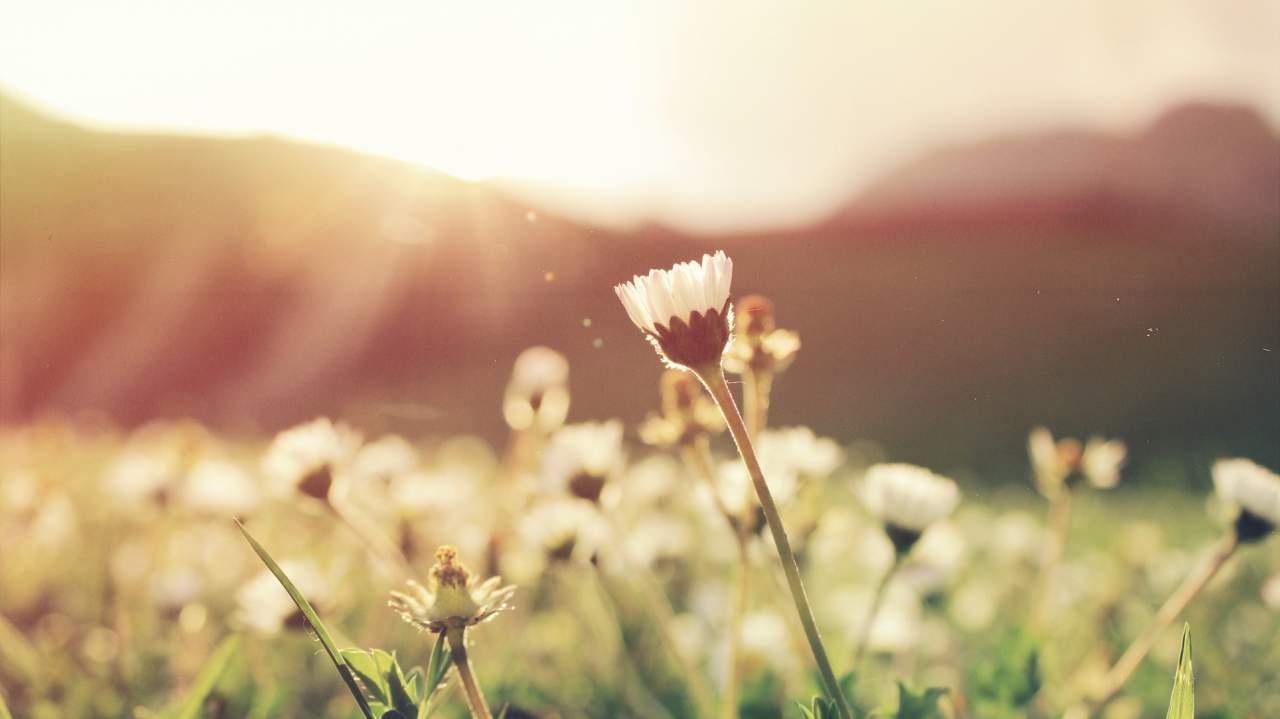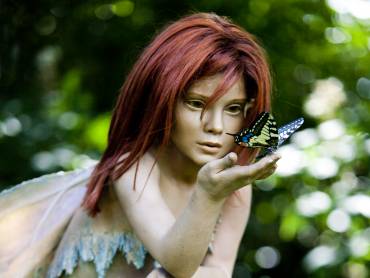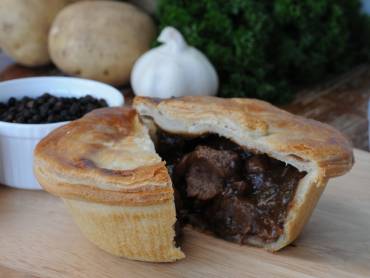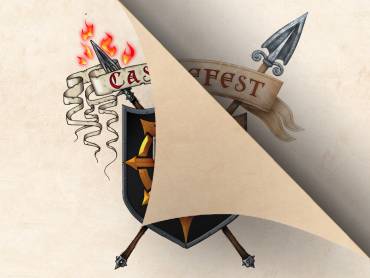In the Vana Grimoire series, we share tips and background information on pagan festivals, recipes, mythologies, history and other worth knowing subjects that are related to our events. In this blog we will dive into the pagan festival Imbolc.
This fest is celebrated from sundown on February 1 till February 2.
Why do we celebrate Imbolc?
According to Celtic tradition, Imbolc was celebrated as the midpoint between the winter solstice and the spring equinox. It serves as a reminder that winter is nearing its end and spring is coming soon. The earth is warming up, the sun shows her face a little more and the first flowers start to bloom.
This celebration is connected to the goddess Brighid. She is the keeper of the sacred flame and the guardian of home and hearth. To honour her, one would purify their home and clean. ‘Spring cleaning’ is derived from this, as a fine way to welcome spring back into the world.
Brighid is not only the goddess of the home, however. She’s also the goddess of fire, blacksmiths, fertility, healing waters and springs. Another way to celebrate Imbolc is through the wheel of the year. Imbolc is an important mark for the agricultural calendar, as farmers start preparing their fields for the first sowing around this time. They call upon her fertility to bless the earth for good crops.

Romans celebrated this holiday as a purification ritual ‘Lupercalia’ on February 15. During this ritual, they would sacrifice a goat. Its hide would be made into several whips. Men would run around the city, smacking people and those hit by the goat hide would be fortunate in life.
The Christian conversion of this holiday is Candelmas. A feast of purification of the Virgin, held on the 2nd of February. For the Jewish, a woman would be purified from the birth of a child, forty days after. February 2nd is forty days after Christ’s birth. The feast would be held with blessed candles everywhere and this joyous moment would make the winter feel more bearable again.
How can you celebrate Imbolc?
There are several ways in which you can celebrate Imbolc.
One way to celebrate Imbolc is by crafting a Brighid cross. Straw that has been soaked overnight, is wrapped around sticks in the desired shape. After that you decorate them with the first flowers in the garden. They can be hung above your bed, or anywhere in the house. They were used to bless the seed before planting and putting them under your mattress was supposed to help with conception.
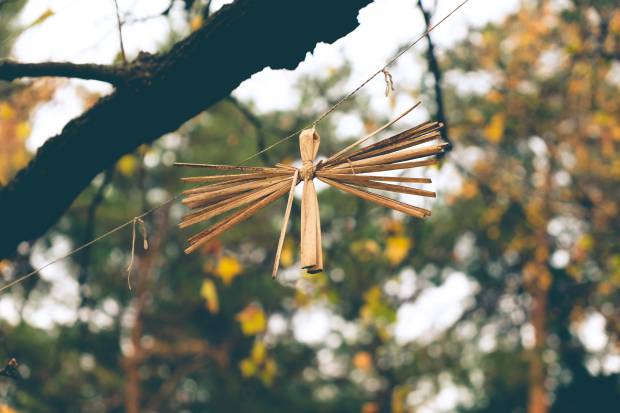
As mentioned before, spring-cleaning is a great way to honour Brighid. Remove anything that clutters your place, things that feels like it no longer should be there or is stagnating the energy. Clear the place of dust and dirt. Let fresh air in and rid the dusty dry air that hangs about around winter. Burn some incense to help chase the negative energies away.
Fire is an important element in this holiday. So if you plan on doing any rituals, decoration or celebration, you’ll notice that candles or fire will play an important role in honouring Imbolc and Brighid.
Finally, for now, because Imbolc is about purification as well, you can visit a well or waterfall to purify. Streaming water will take the bad and negative energies with it, leaving you feeling renewed, fresh and pure.
How to set up an altar for Imbolc?
Decorating your altar is something very personal. These are never rules but just guidelines and ideas for you to use, while you’re preparing your space for your own celebration.
Colours:
- Red, for the rising sun and fire
- Green, for the life brewing beneath the earth
- White, for the melting snow
Honouring the elements:
- Chalice or glass or bowl for water and to honour Brighid’s connection to wells and springs
- Sticks, leaves or earth for earth, you can also use bulbs or seeds, for flowers that have yet to bloom
- Incense for air
- Candles for fire, the more the better. This festival is all about celebrating the returning light and Brighid.
Incense, crystals and herbs to use:
The daffodil and daisy symbolise new beginnings and new growth. Which fits perfectly with the celebration of Imbolc. These are also one of the first flowers to bloom after winter.
Burning sage has a purifying and cleansing effect on the space.
Clear quartz is one of the most neutral crystals. It also has a big healing effect and regulates energies around you and your altar.
Do you celebrate Imbolc? How will you celebrate? Let us know if you have any other rituals or ideas to honour this holiday.
By Dewi van Zeggelaar
